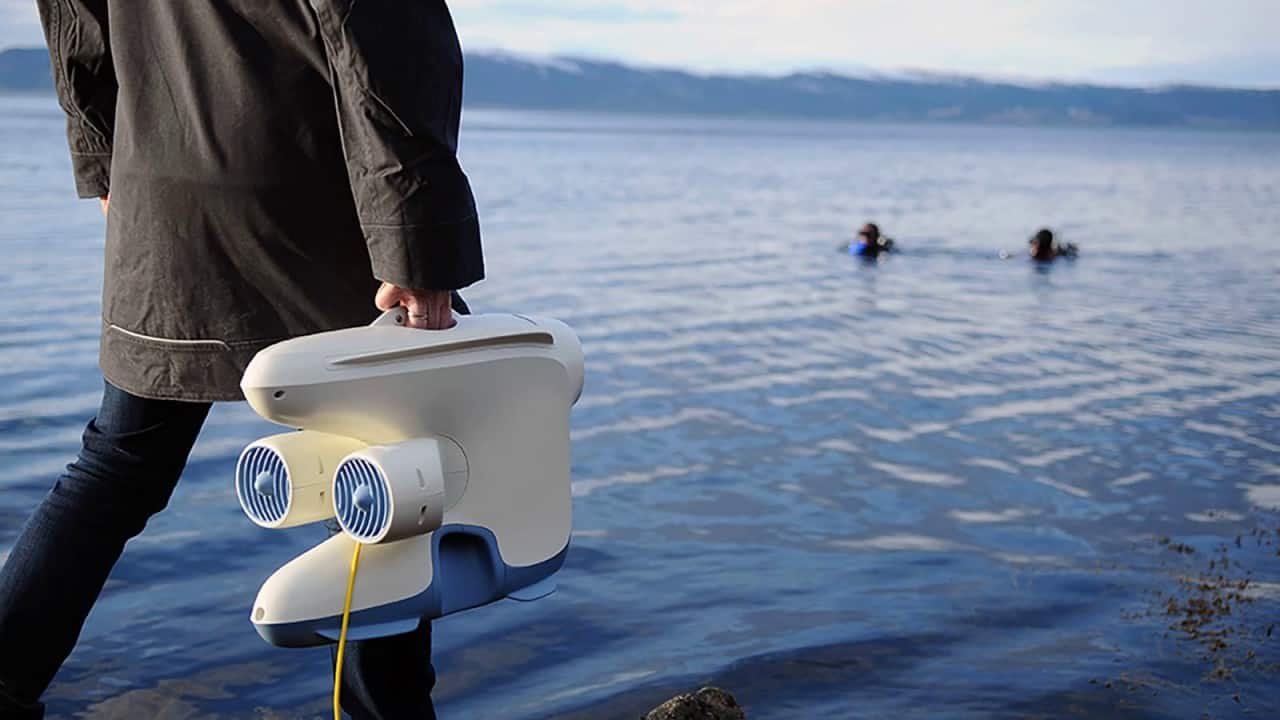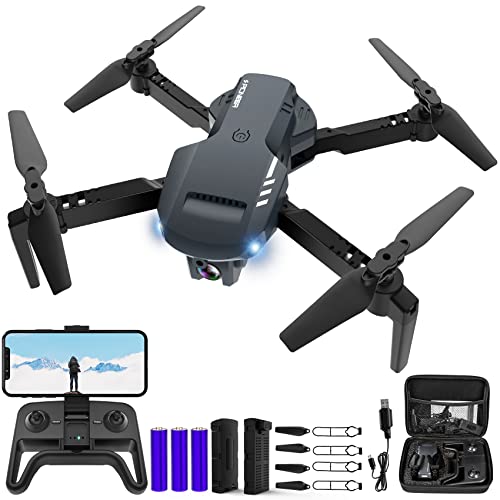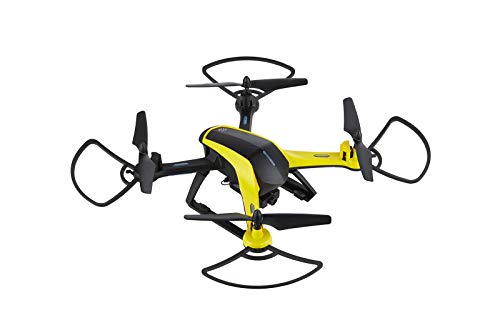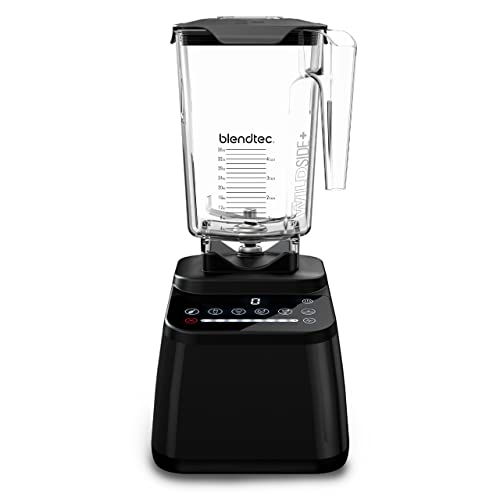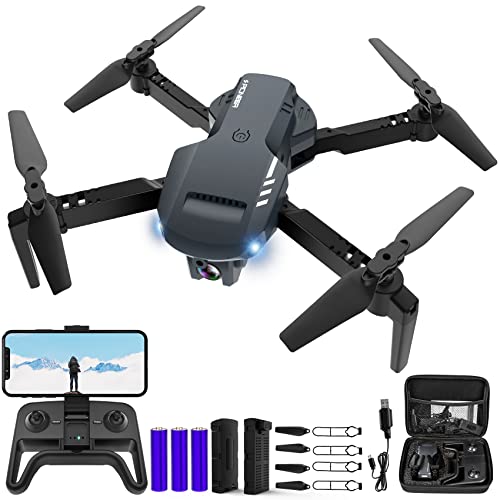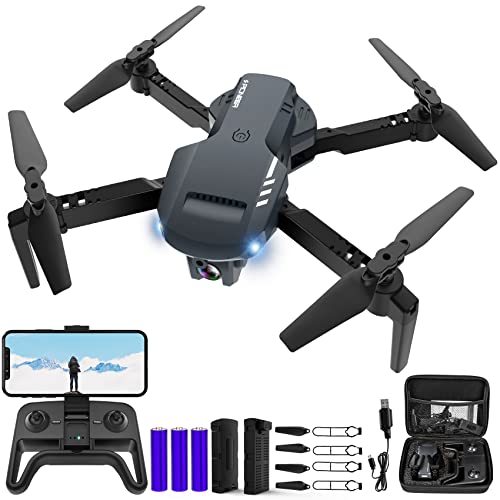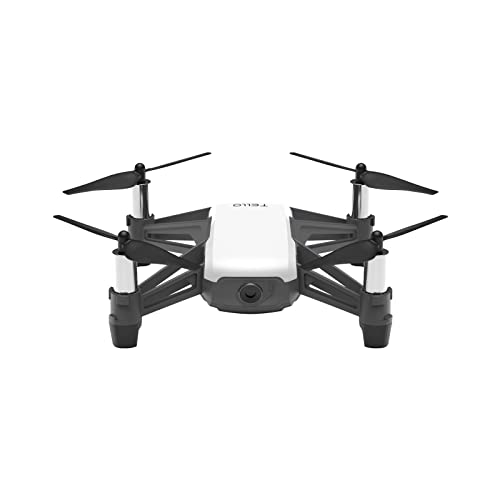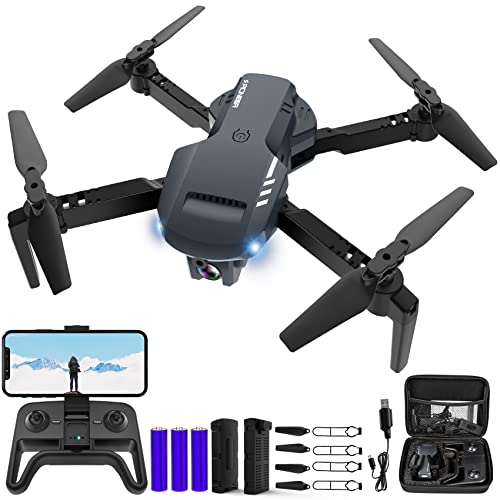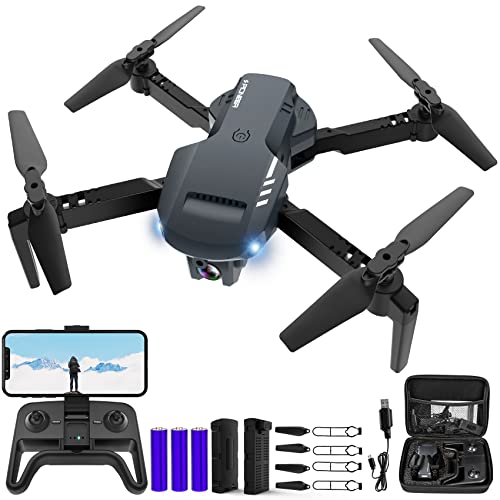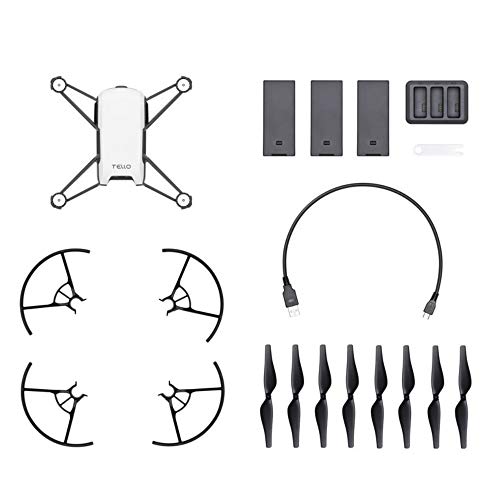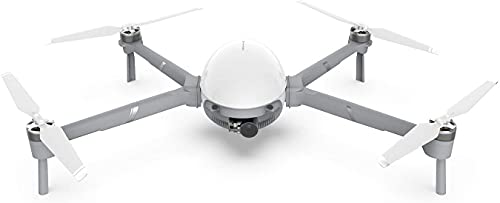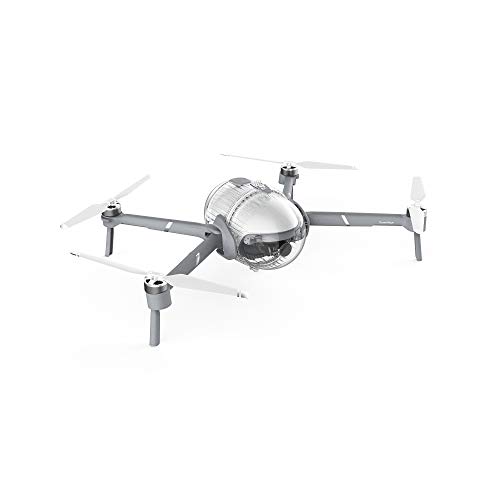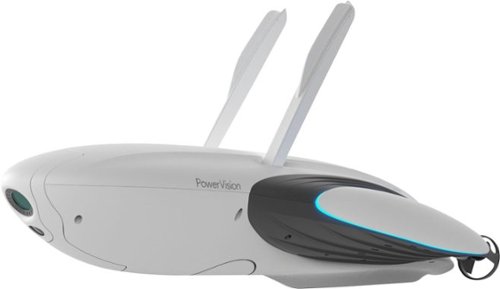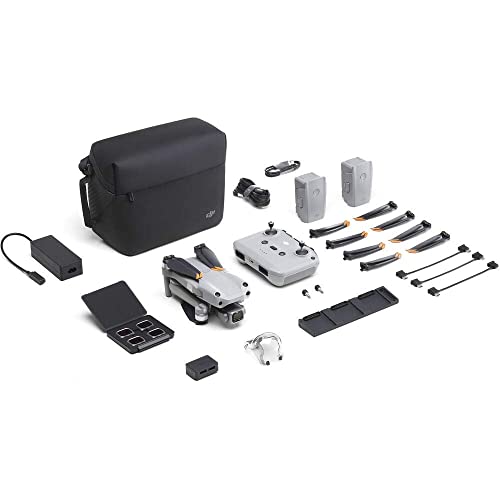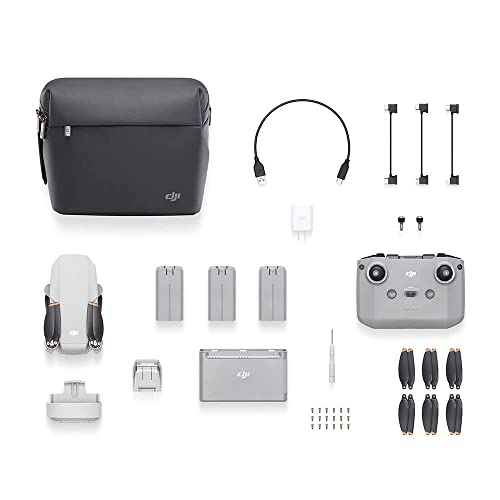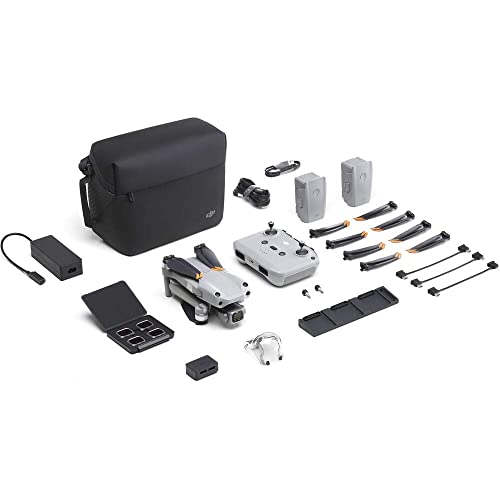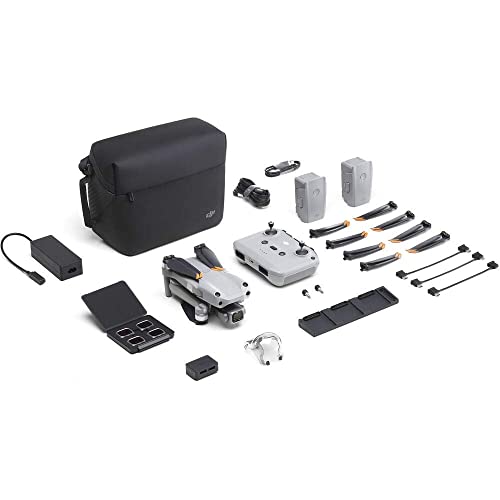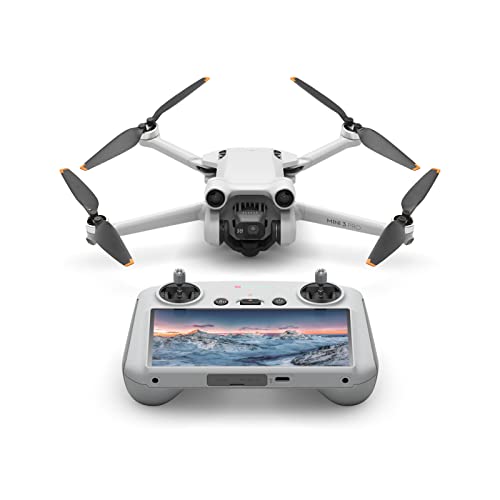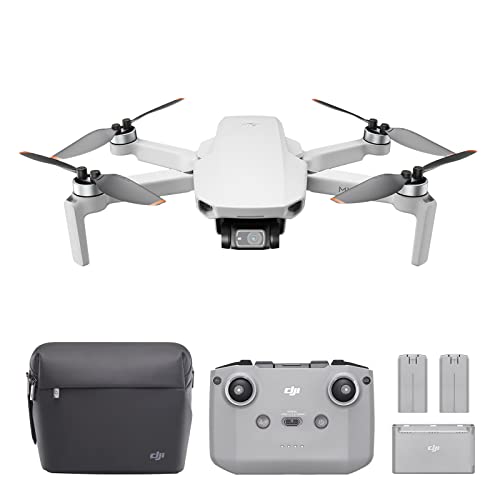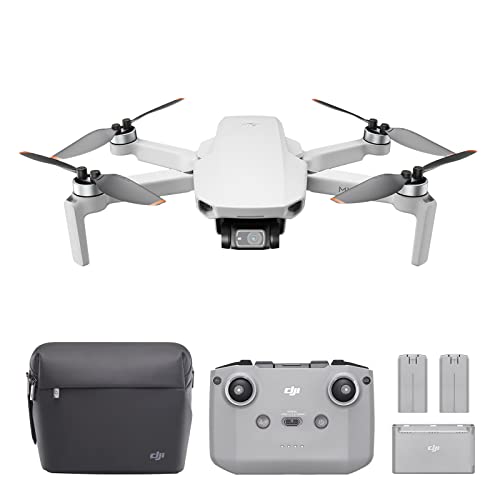Whether you have a budget or premium drone with four rotors, it’s crucial that you learn how to fly a quadcopter drone to keep both yourself and the device safe. While advanced drone moves take tons of practice, you can learn the basic maneuvers during your first flying session.
KEY TAKEAWAYS:
- Understand how your drone remote works, and familiarize yourself with what each stick does.
- Only practice your drone controls during clear weather and wind speeds under 20 mph.
- Manage your battery power to ensure that your drone returns to the landing pad instead of a crash landing.
Beginner drone pilots also need to get comfortable with their remote controller to perform fundamental commands, such as throttle control and landing. So, grab your flight controller, and let’s learn how to fly a quadcopter drone.
How to Fly a Quadcopter
A beginner drone lesson should start with the controller and the basic directions possible with each stick. While there are many types of drones, most utilize a similar flight controller layout.
Insider Tip
Even if you fly for recreational purposes, you are legally required to know basic safety guidelines and FAA regulations.
If you’re interested in intelligent features or increasing your drone’s range, check out our Xiro Xplorer review to see what’s available.
STEP 1
Familiarize yourself with your drone controller. The left stick offers a throttle command (up/down) and yaw control (left/right) that turns the drone clockwise or counterclockwise. The right stick delivers pitch commands (forward/backward) and roll controls (left/right).
STEP 2
Take your drone to a wide-open area to avoid slamming into people, animals, trees, or powerlines. In addition, do not fly your drone near the water until you feel entirely comfortable controlling the unit.
STEP 3
Check the condition of your drone to make sure it is air-worthy. Make sure there aren’t any defects with the quadcopter propellers or other hardware on the unit.
STEP 4
Place your drone on the takeoff point or landing pad.
STEP 5
Power on your drone and connect it to the controller. Check your drone settings, and ensure that your battery power level is full. Battery power management is critical to ensure that you have enough time for a safe landing.
STEP 6
Increase throttle with the left stick to hover the drone about six inches above the ground, and continue to monitor your battery level and controller connection.
STEP 7
Begin to practice basic movement with the drone with the yaw and roll functions on the controller.
STEP 8
Take the unit higher up with the left stick once you’re comfortable controlling the drone close to the ground. You can start to practice moving at higher speeds once you get the basic idea of controlling the drone.
STEP 9
Lastly, hover the drone above your landing spot and slowly press down on the left stick to decrease the drone motor throttle.
STEP 10
Follow the previous steps until you feel comfortable performing basic flying maneuvers while maintaining speed and altitude control.
Warning
Ensure you have enough battery power to land your drone properly after a flight.
F.A.Q.S
What is a drone camera?
Drone cameras are an excellent pick for an aerial photography enthusiast that wants stunning mid-air pictures and video from their flights. In addition, users can shoot aerial drone videos for YouTube highlights or family movies. Even affordable drone models offer advanced features for video and image stabilization.
How do you take care of a drone?
Unless you notice damage to your drone, you can simply wipe the drone body with a microfiber cloth after a flying session. In addition, always return your drone to its case to protect the quadcopter propellers and other hardware. Lastly, if you notice increased battery drain from your current set, grab some backup batteries to avoid electrical damage or sub-par battery levels.
Is flying a drone hard?
While some professional models require advanced flying techniques, most remote control drones offer beginner-friendly features, like self-level mode, for a smooth flying experience. That said, novice drone operator should still practice their drone controls to master basic maneuvers.
STAT: According to FAA regulations, a drone pilot must be 13 years old to register their remote control drone. (source)

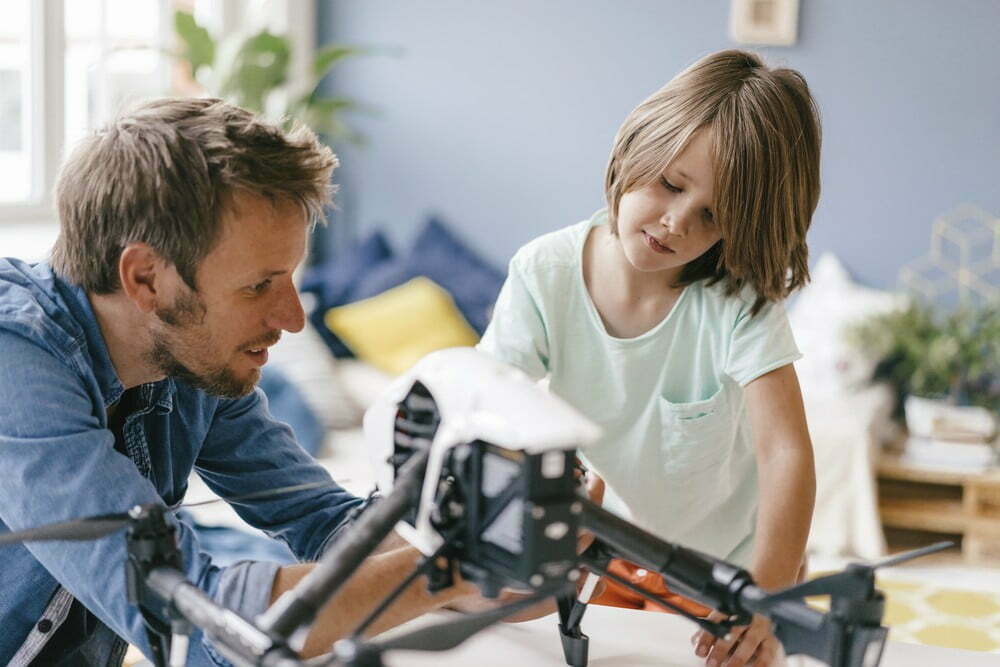












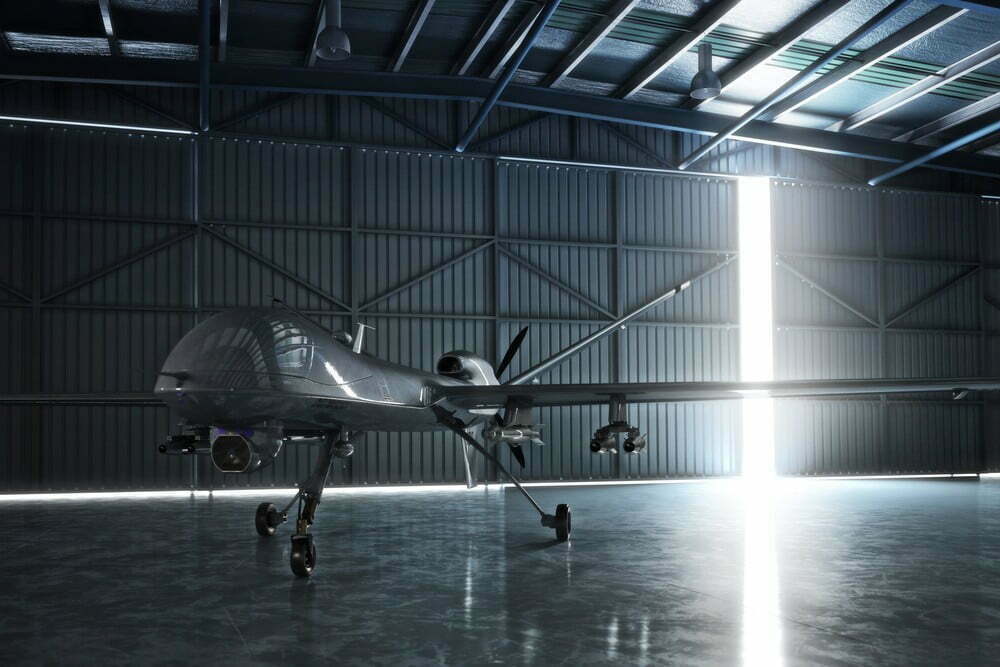
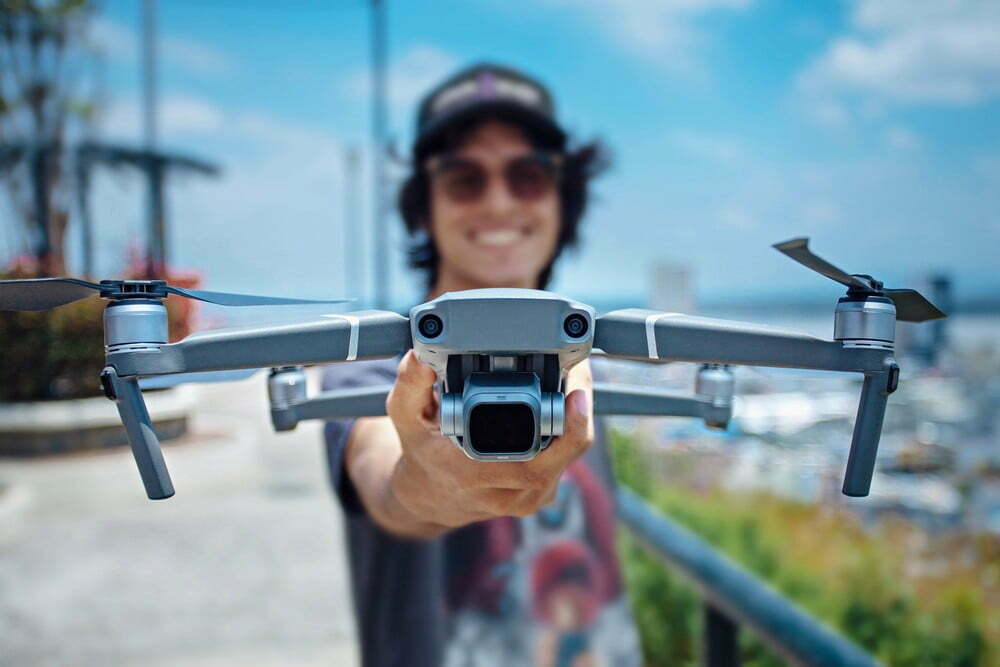
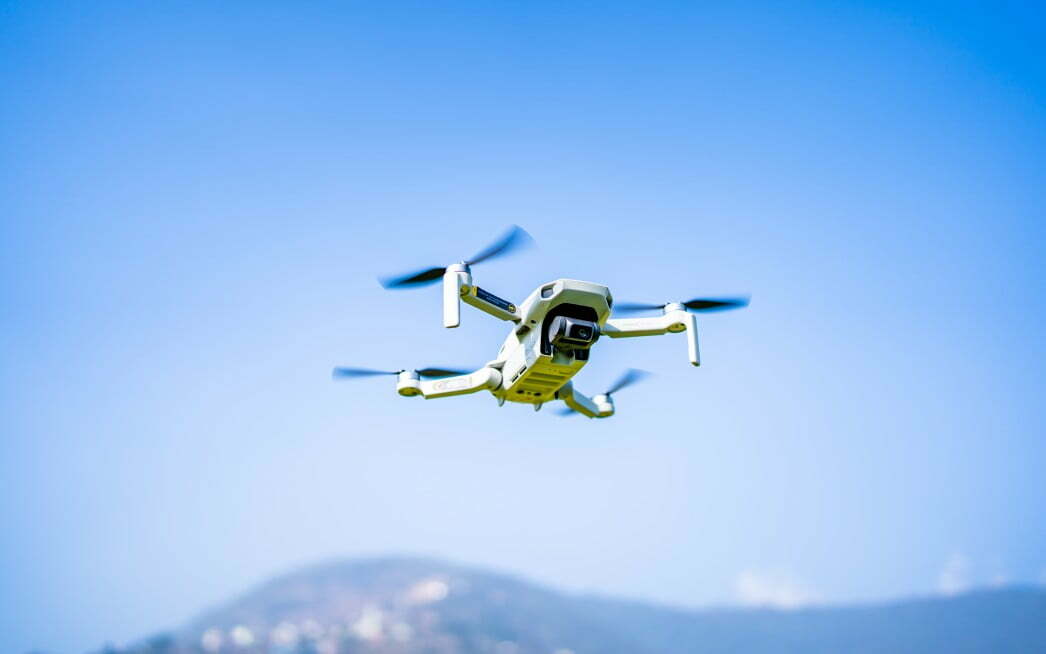
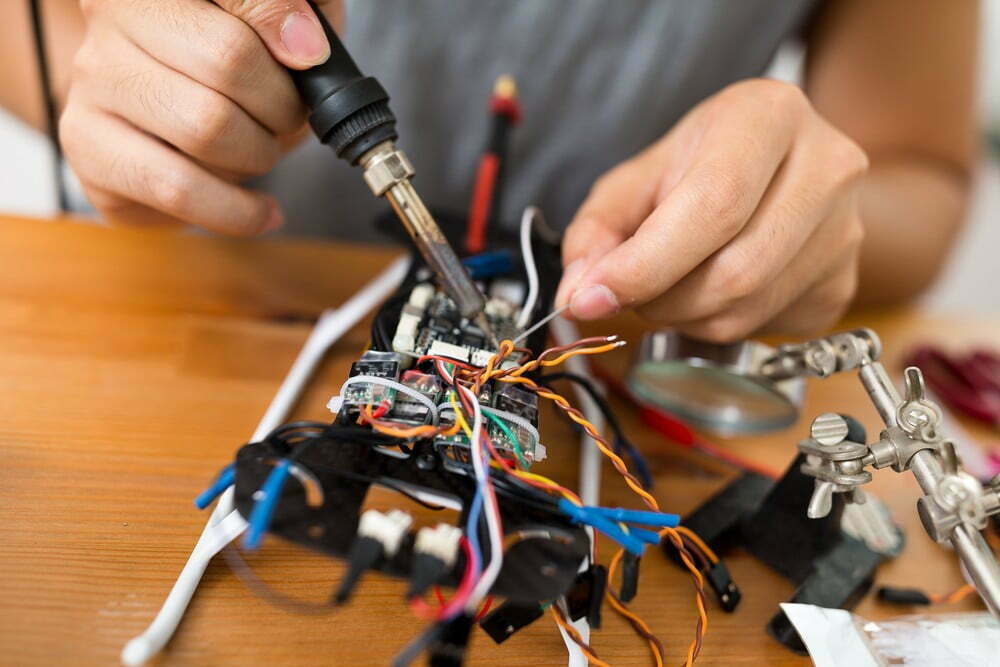
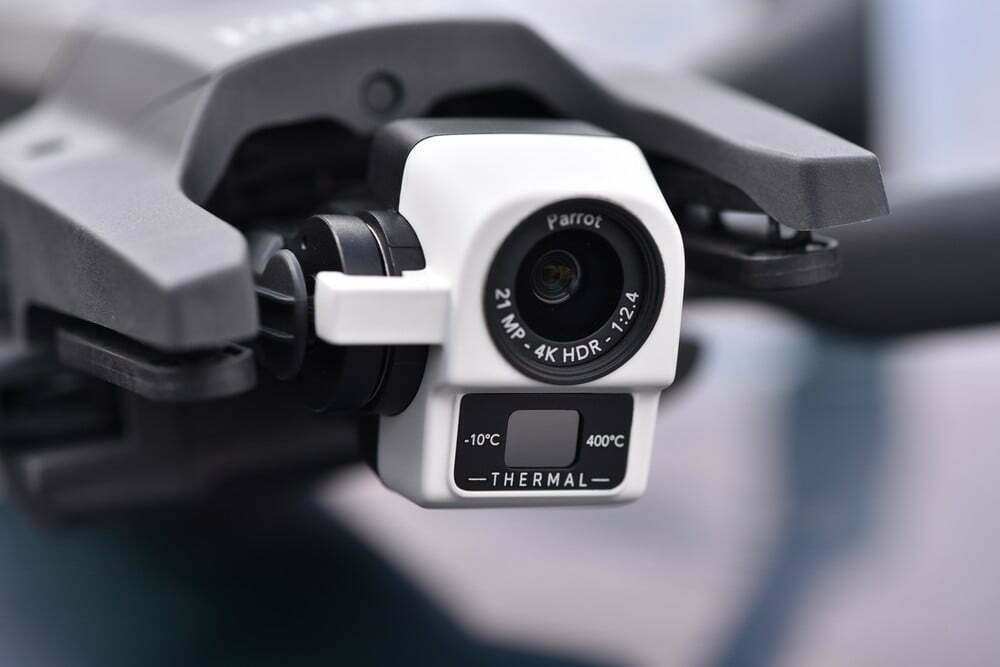
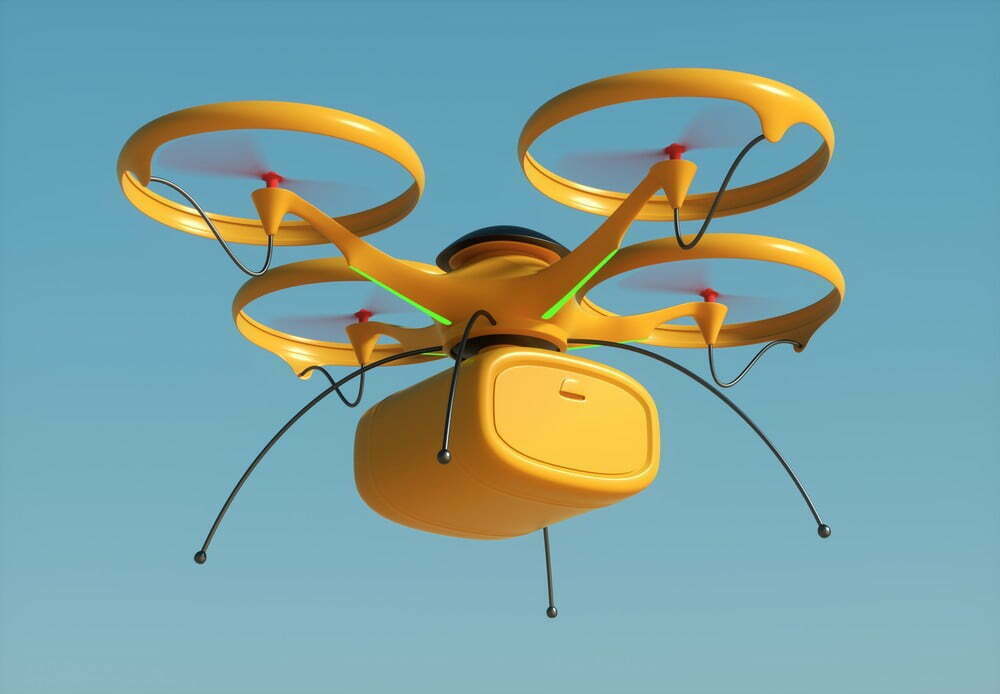
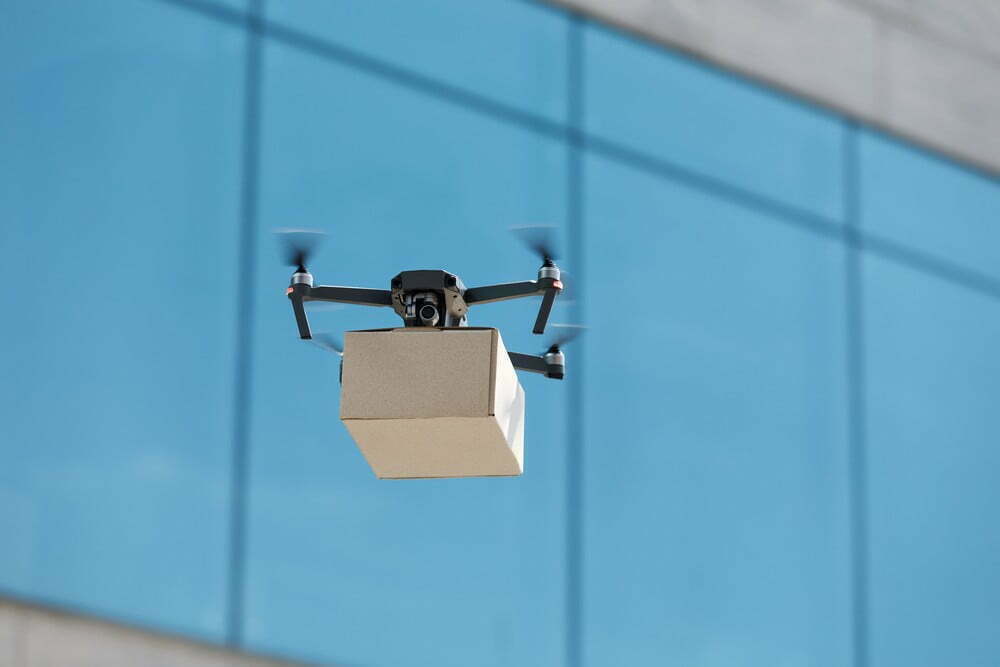
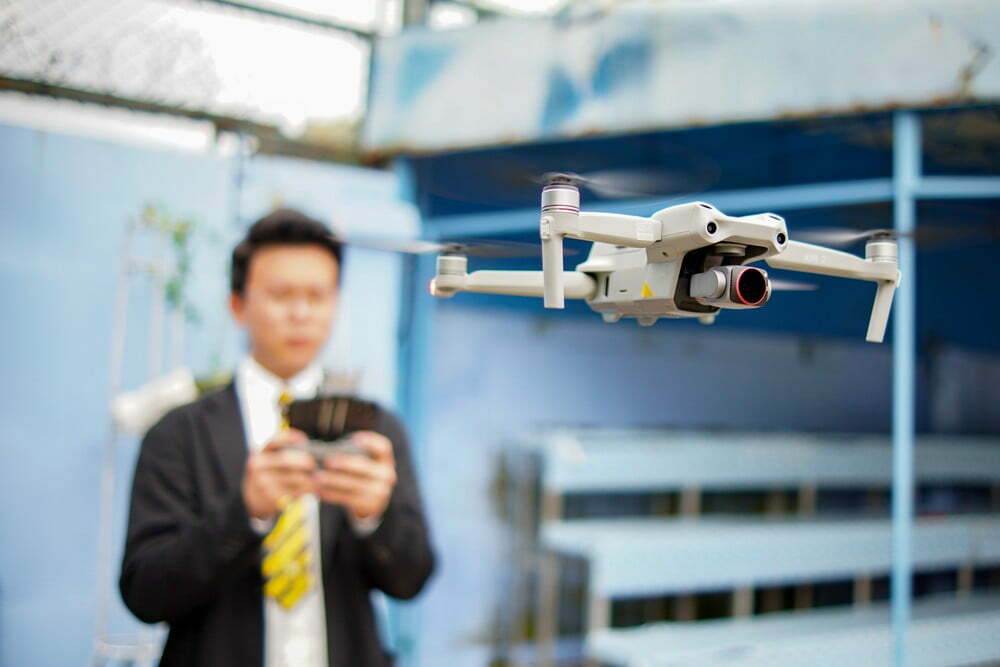
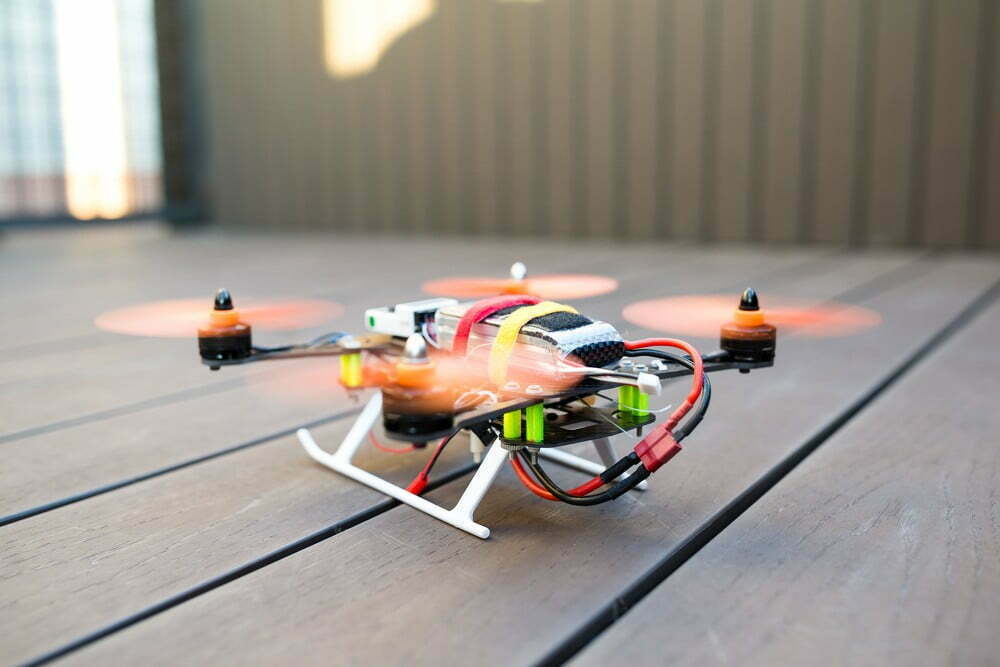
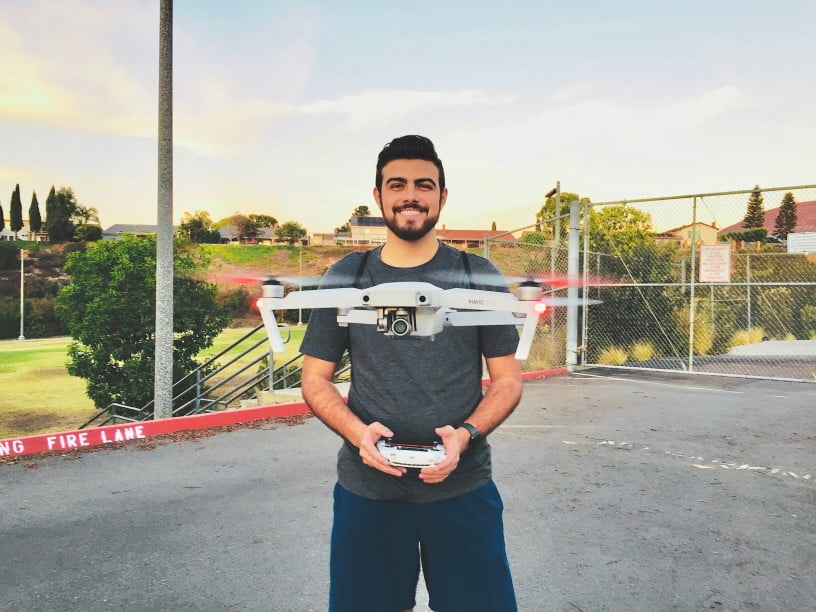
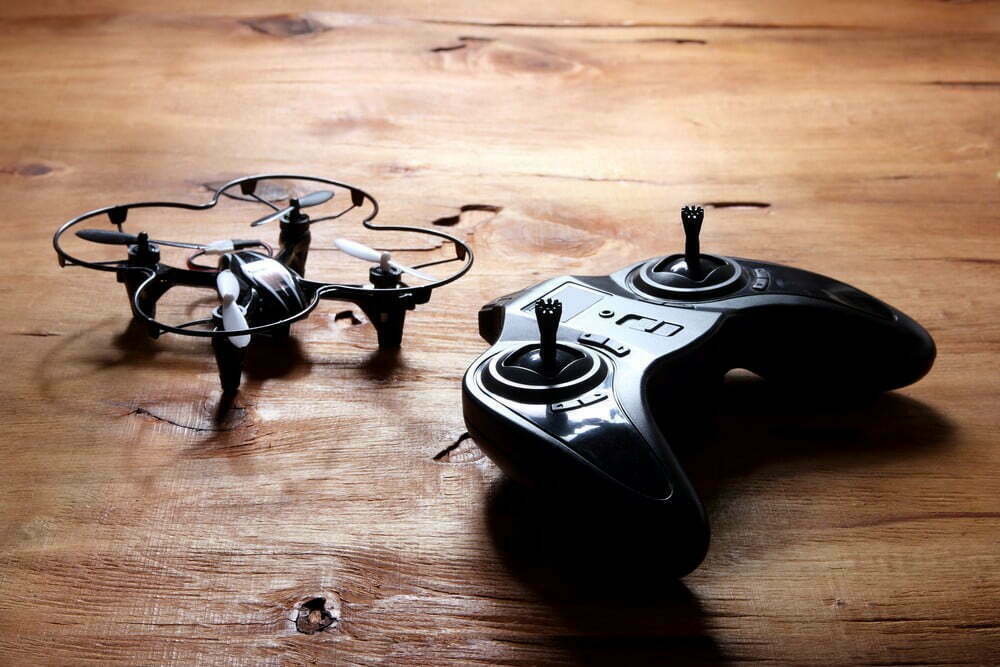
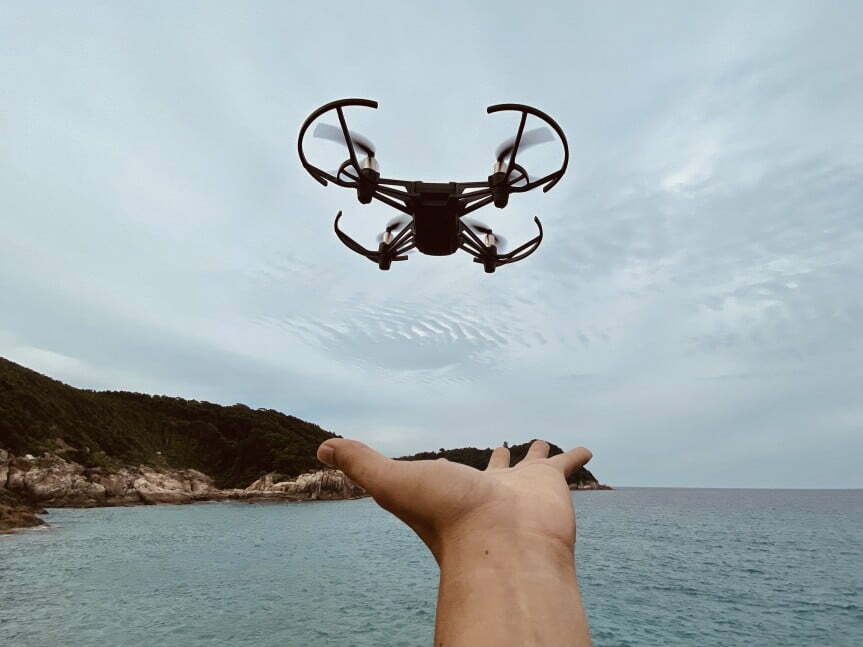
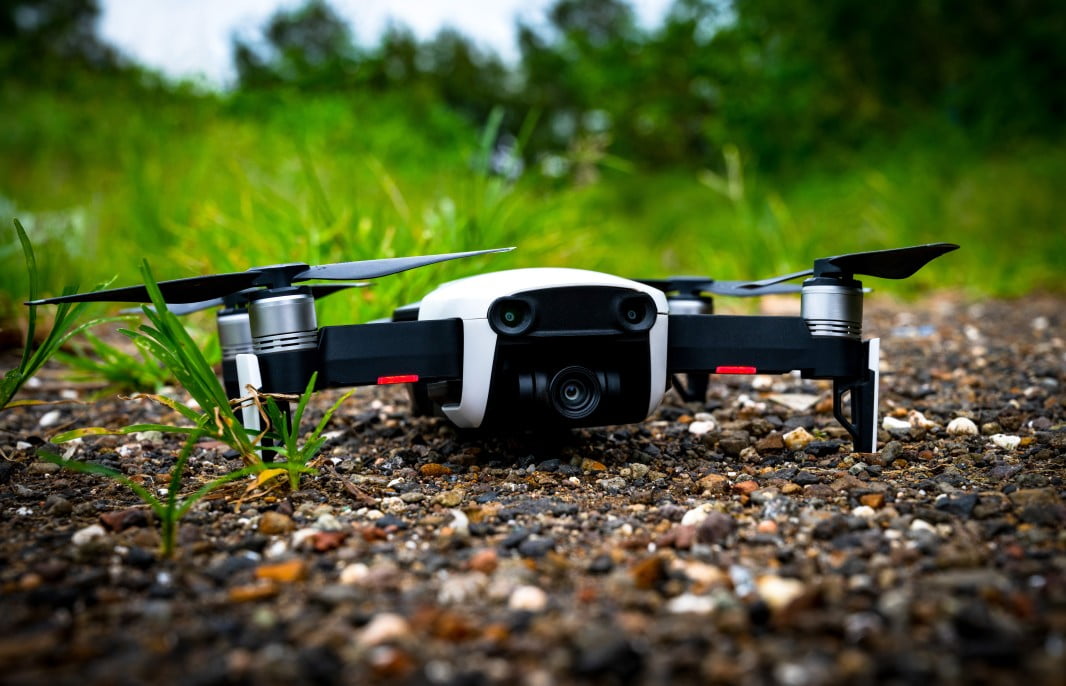
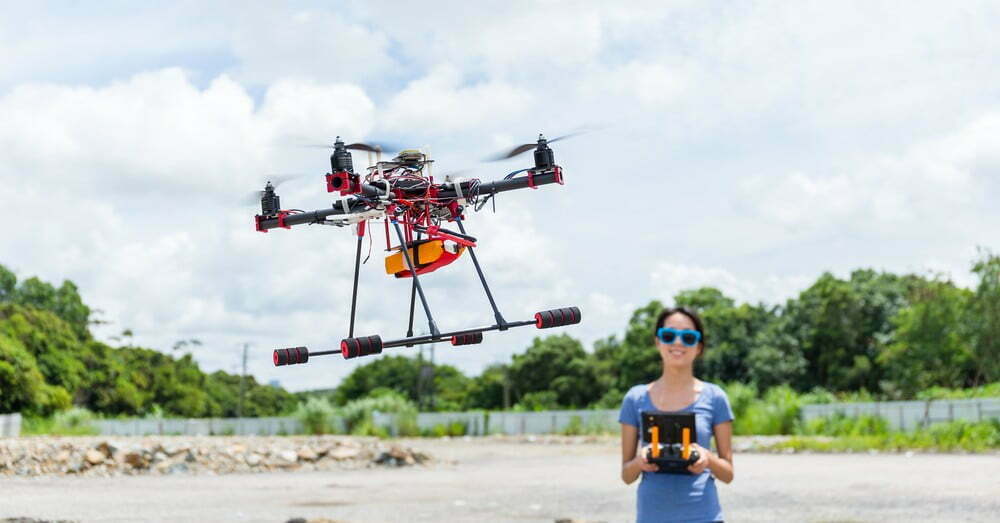
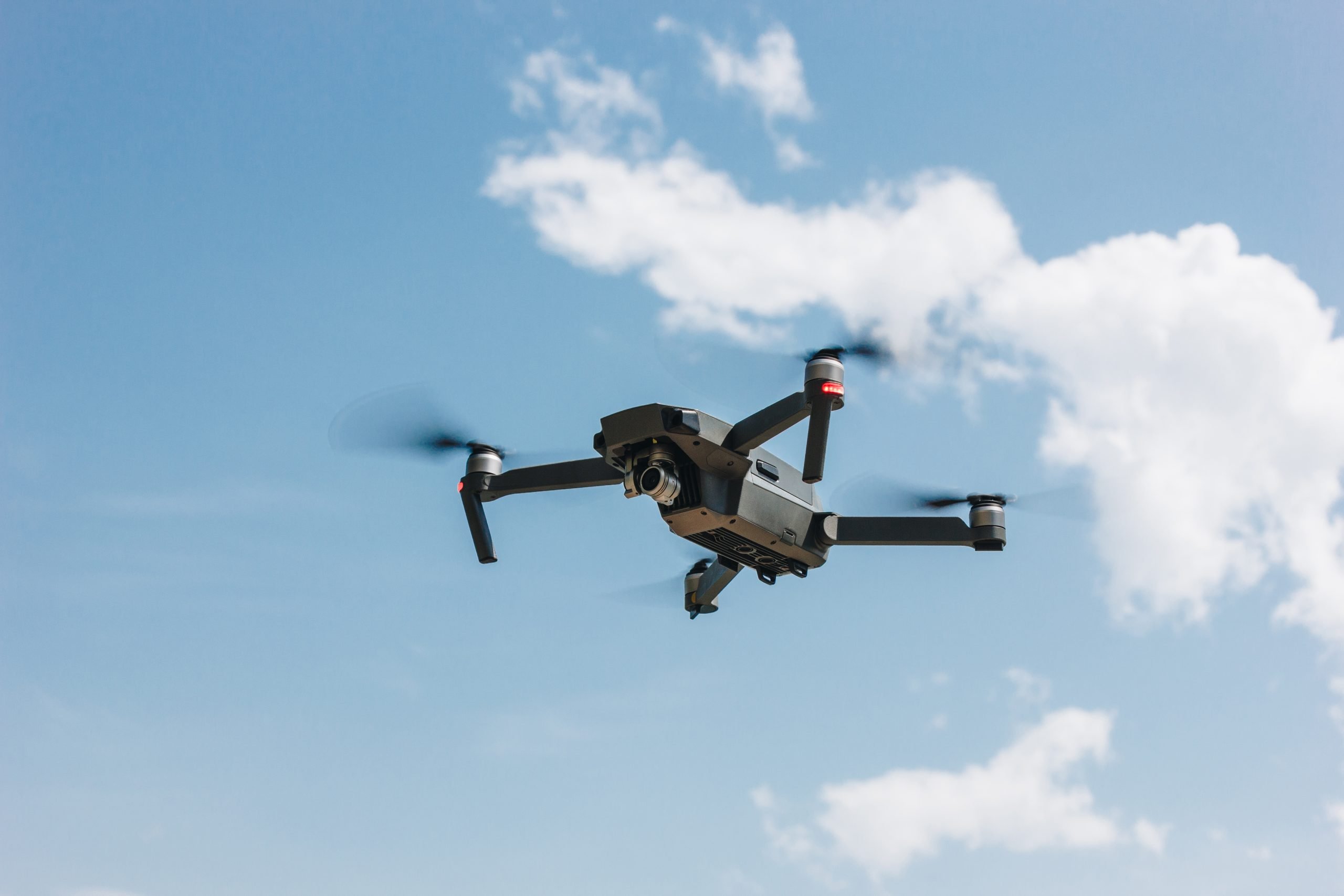
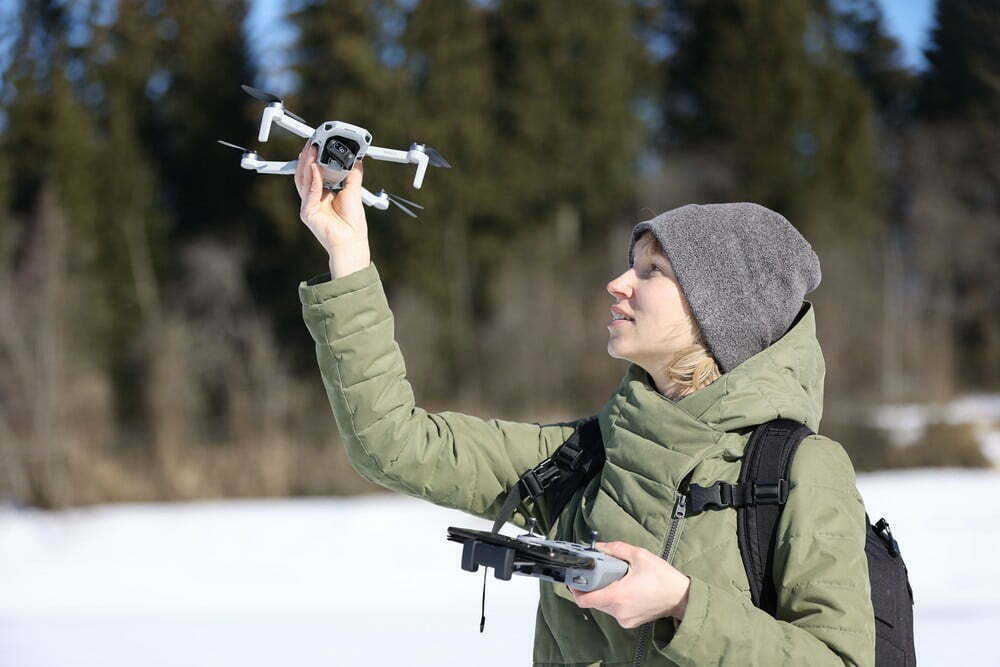
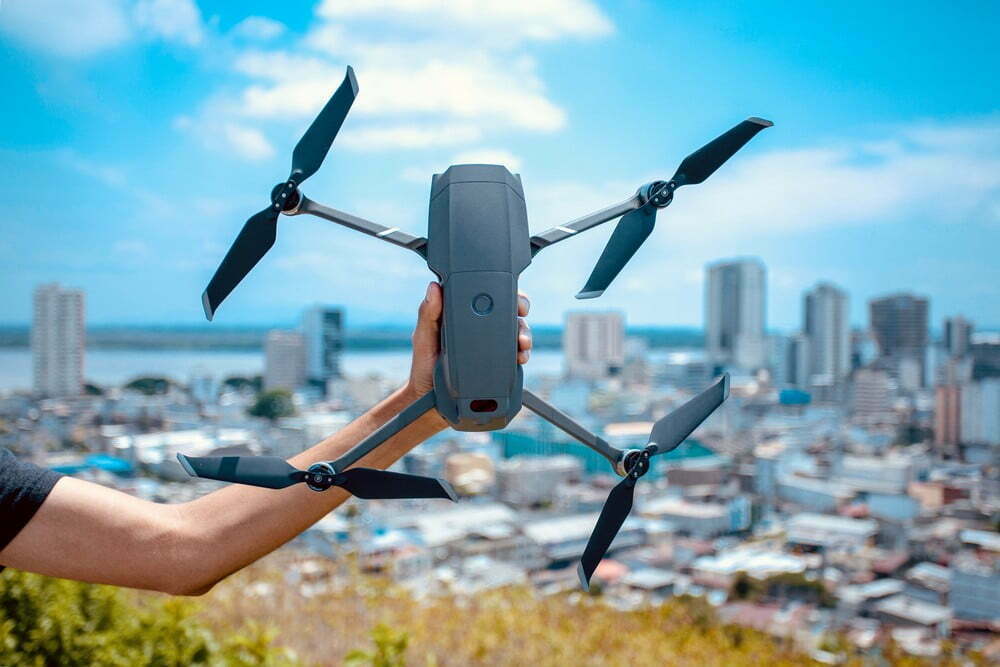
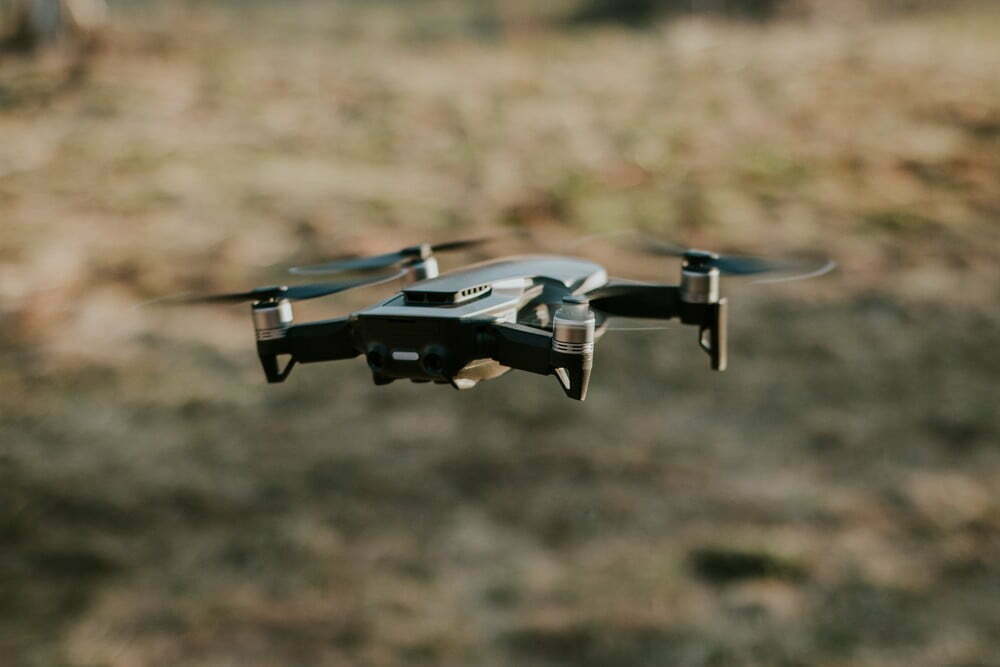
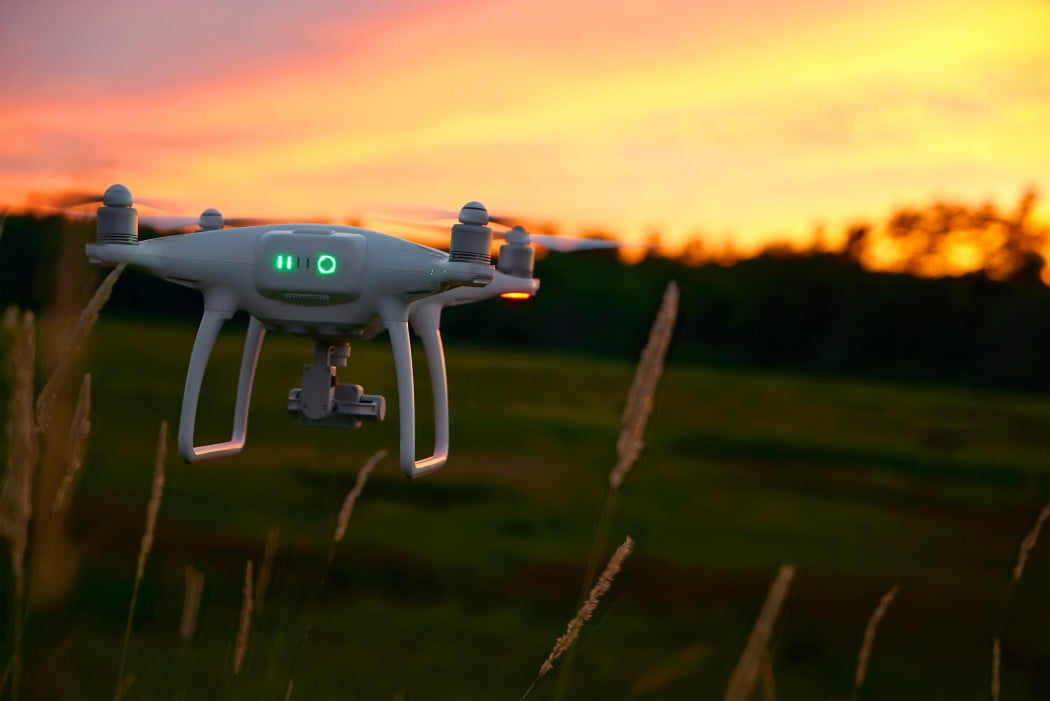
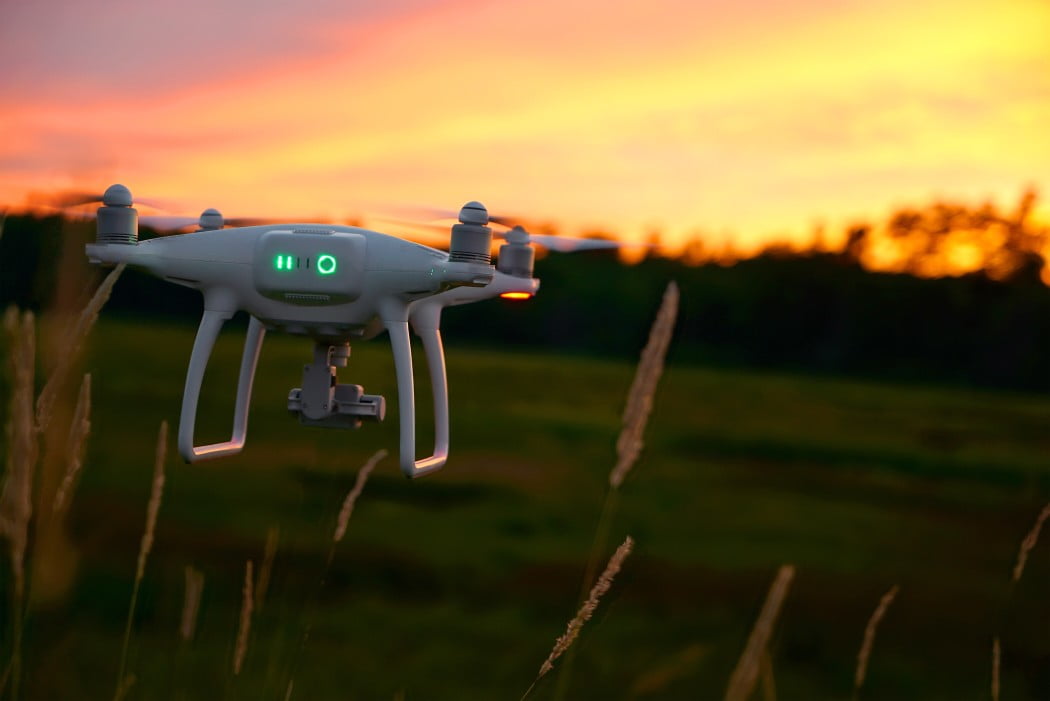
![Best Drones Under the Cost of Ferrari in [year] 26 Best Drones Under the Cost of Ferrari in 2025](https://www.gadgetreview.dev/wp-content/uploads/image-test-3.jpg)
![10 Best VR Drones in [year] 27 10 Best VR Drones in 2025](https://www.gadgetreview.dev/wp-content/uploads/Best-VR-Drone.jpg)
![10 Best Drones for Beginners in [year] 28 10 Best Drones for Beginners in 2025](https://www.gadgetreview.dev/wp-content/uploads/Best-Drones-for-Beginners.png)
![10 Best Indoor Drones in [year] 29 10 Best Indoor Drones in 2025](https://www.gadgetreview.dev/wp-content/uploads/Best-Indoor-Drone.jpeg)
![10 Best FPV Racing Drones in [year] 30 10 Best FPV Racing Drones in 2025](https://www.gadgetreview.dev/wp-content/uploads/Best-FPV-Racing-Drone-scaled-1.jpg)
![10 Best Selfie Drones in [year] 31 10 Best Selfie Drones in 2025](https://www.gadgetreview.dev/wp-content/uploads/Best-Selfie-Drones.jpg)
![10 Best Drones for GoPro in [year] 32 10 Best Drones for GoPro in 2025](https://www.gadgetreview.dev/wp-content/uploads/Best-Drone-for-GoPro-scaled-1.jpg)
![10 Best Drones for Kids in [year] 33 10 Best Drones for Kids in 2025](https://www.gadgetreview.dev/wp-content/uploads/Best-Drone-for-Kids-scaled-1.jpg)
![10 Best Professional Drones in [year] 34 10 Best Professional Drones in 2025](https://www.gadgetreview.dev/wp-content/uploads/Best-Professional-Drone.jpg)
![10 Best Fixed Wing Drones in [year] 35 10 Best Fixed Wing Drones in 2025](https://www.gadgetreview.dev/wp-content/uploads/Best-Fixed-Wing-Drone.jpg)
![10 Best Follow Me Drones in [year] 36 10 Best Follow Me Drones in 2025](https://www.gadgetreview.dev/wp-content/uploads/Best-Follow-Me-Drone.jpg)
![10 Best Foldable Drones in [year] 37 10 Best Foldable Drones in 2025](https://www.gadgetreview.dev/wp-content/uploads/best-foldable-drones.jpg)
![10 Best Drones for Travelling in [year] 38 10 Best Drones for Travelling in 2025](https://www.gadgetreview.dev/wp-content/uploads/best-drones-for-travelling.jpg)
